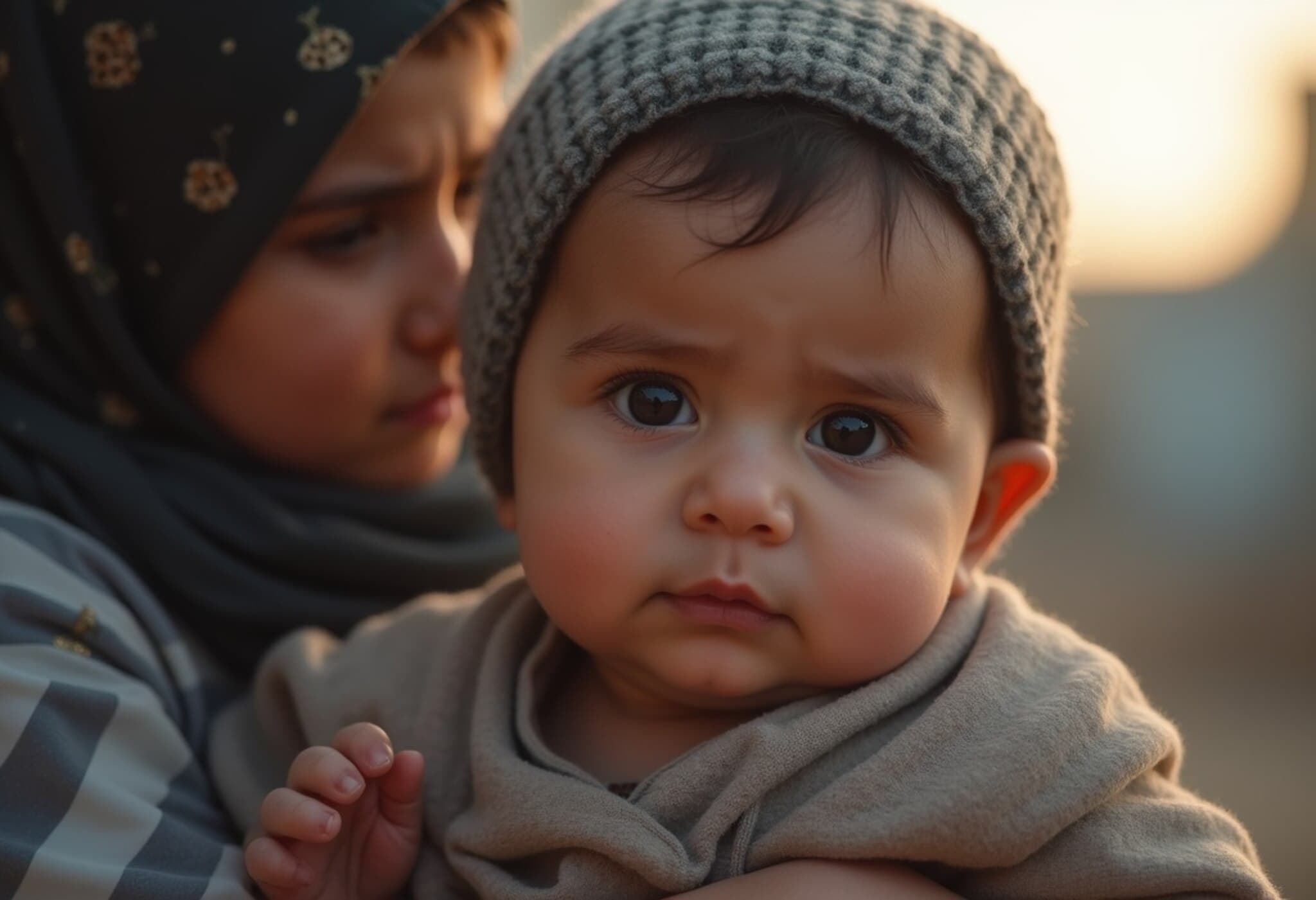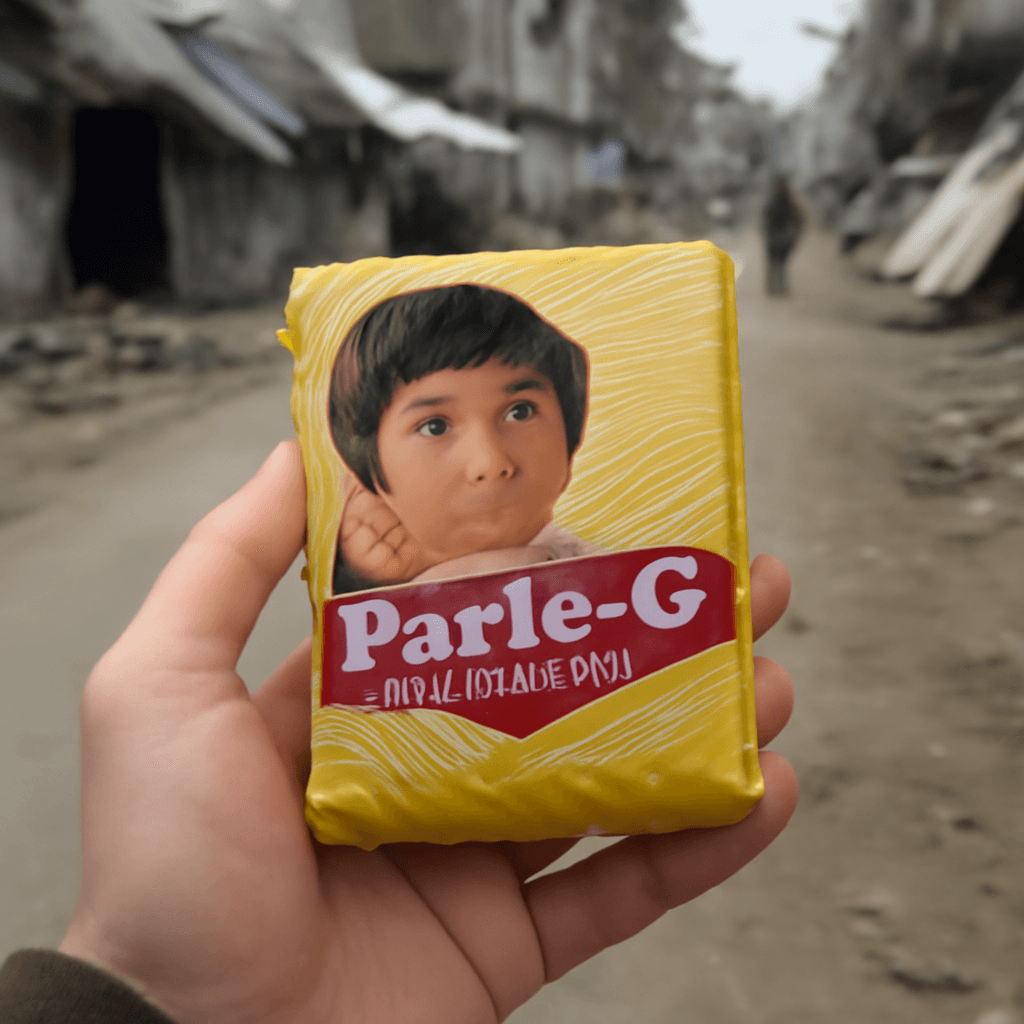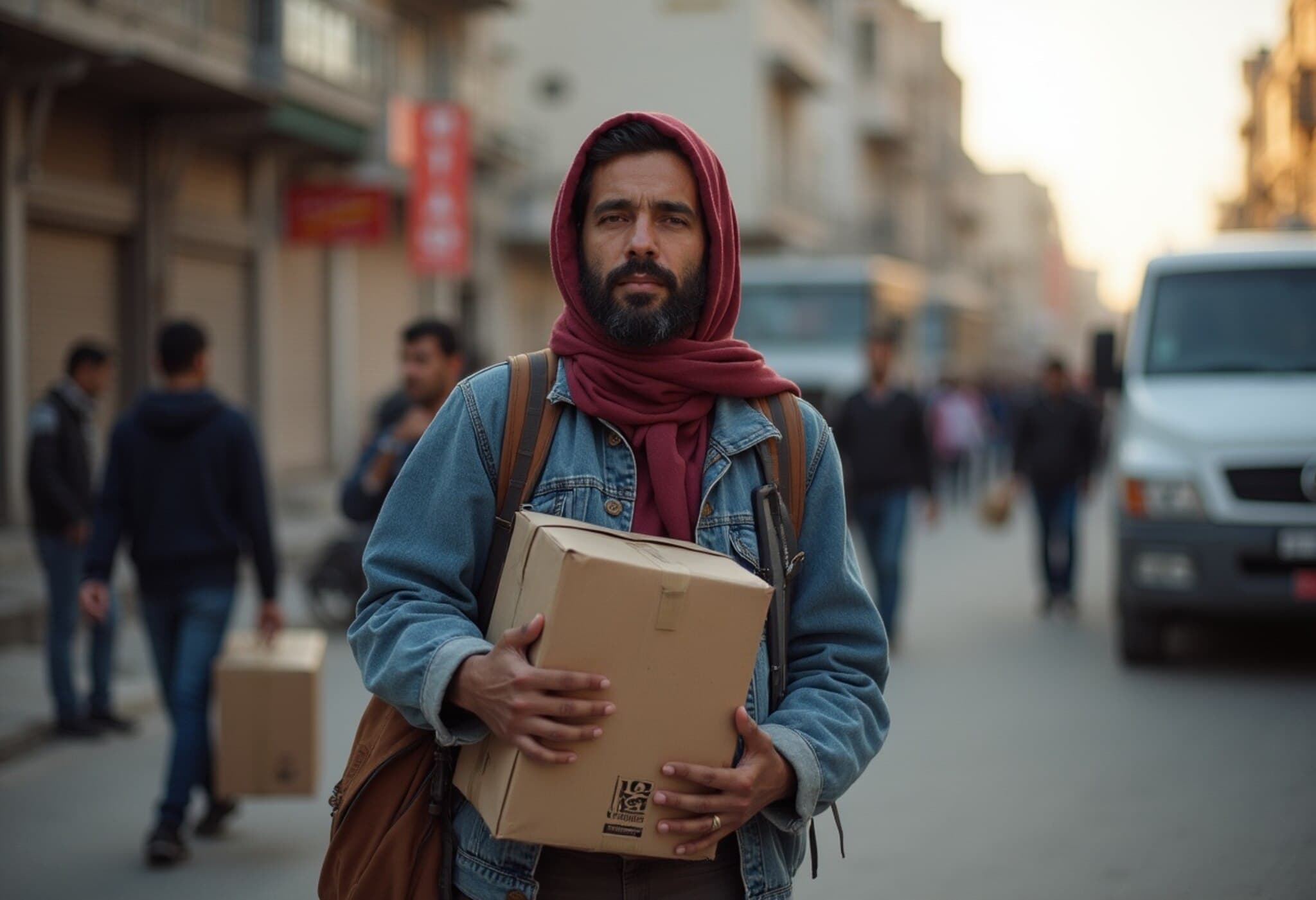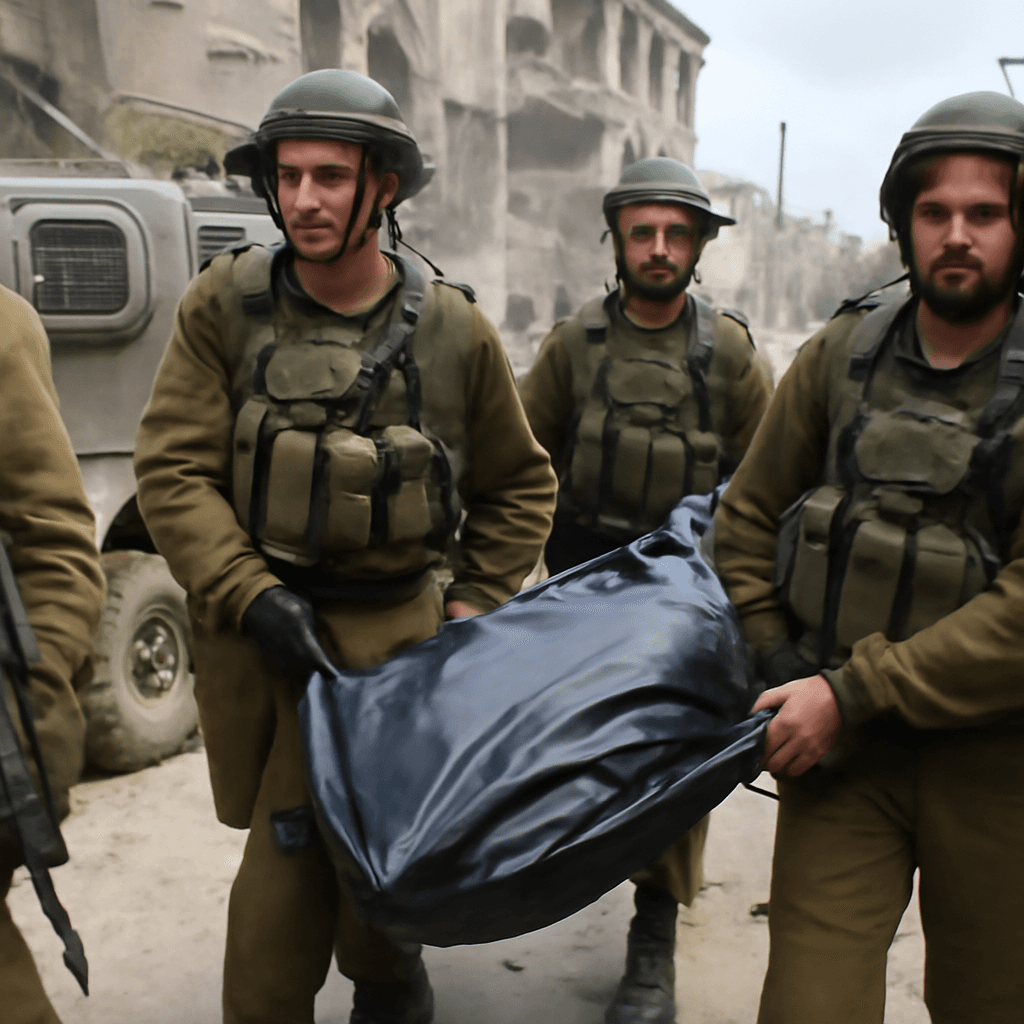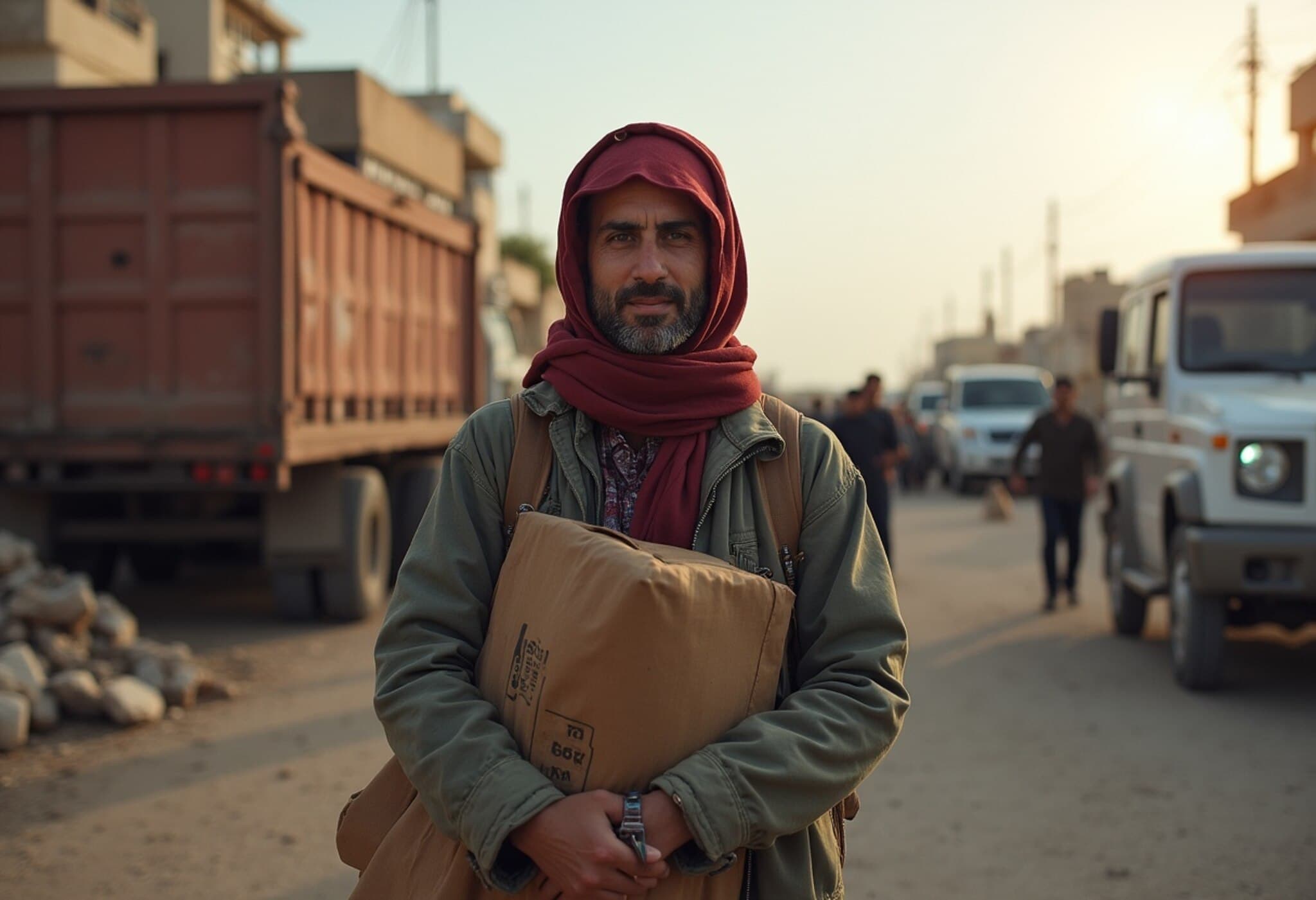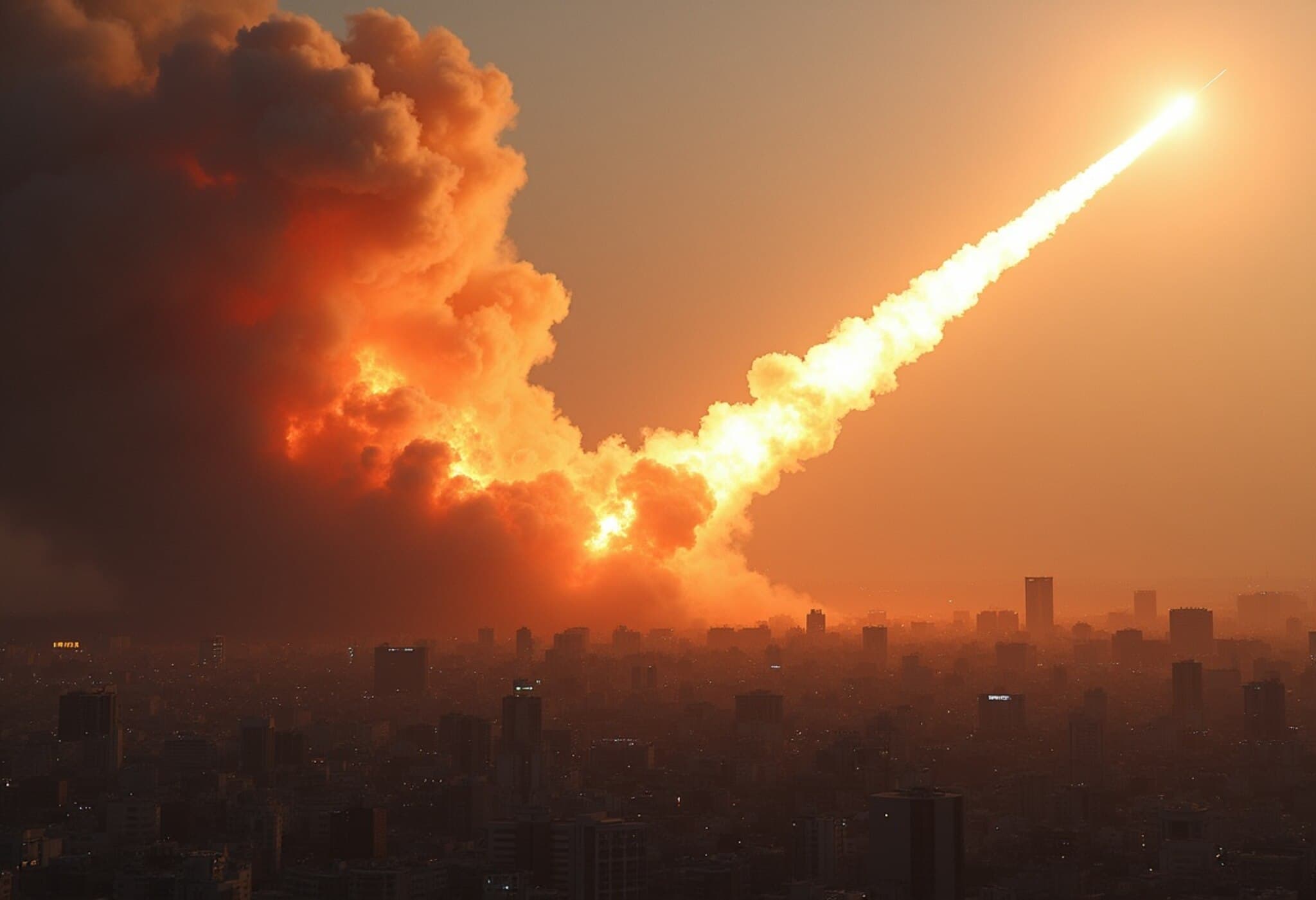The Growing Humanitarian Crisis in Gaza: Starvation Amid Conflict
In recent weeks, Gaza has seen a catastrophic rise in hunger, with severe malnutrition claiming dozens of lives, including innocent children. Despite international aid efforts, many Palestinians face life-threatening obstacles in accessing vital food supplies. This deepening humanitarian crisis raises urgent questions about the barriers to aid and the devastating toll of prolonged conflict on civilian populations.
Israel’s Blockade and Its Impact on Humanitarian Access
Since March 2025, Israel imposed a stringent blockade on Gaza, halting nearly all humanitarian shipments amid allegations that supplies were being diverted to Hamas militants, claims not substantiated by independent verification. This policy, intended as leverage against militant groups, has ended up exacerbating food insecurity for more than two million residents of the densely populated enclave.
In response to mounting international pressure, Israel introduced a new centralized aid distribution system in May, managed by the Gaza Humanitarian Foundation (GHF). Unlike the previous United Nations-backed network of hundreds of localized aid points, the GHF operates just four centralized hubs situated exclusively within southern and central Gaza — completely excluding northern Gaza where large populations still reside.
Geographical and Security Barriers to Aid
This consolidation of aid hubs inside Israeli-controlled military zones has forced Palestinians to undertake perilous journeys on foot, sometimes lasting three to four hours through active conflict zones. According to the Gaza Ministry of Health, over 600 people have tragically died attempting to reach these aid sites, many reportedly shot by Israeli forces — incidents that reveal the deadly consequences of restricted humanitarian corridors.
While the GHF distances itself from responsibility for violence near its distribution points, it acknowledges the surrounding areas remain "active war zones." Satellite images and eyewitness accounts depict civilians navigating around tanks and military checkpoints, frequently under threat of live fire.
Live Ammunition, Crowd Control, and Security Challenges
Eyewitnesses and medical reports suggest Israeli soldiers have fired live rounds to disperse crowds outside aid hubs, citing "threatening behavior." Israeli officials have confirmed that artillery shelling resulted in civilian casualties near these sites, attributing incidents to "isolated episodes." Meanwhile, aid distributions often occur with little notice and are quickly exhausted, triggering frantic and dangerous scenes as families line up hoping to secure food.
Compounding the crisis, security contractors from the United States responsible for crowd management have reportedly deployed tear gas against tightly packed crowds in fenced queues, exacerbating panic and injury risks. A mid-July stampede, blamed by GHF on "Hamas-linked instigators," tragically resulted in approximately twenty deaths, underscoring the volatile security environment around aid delivery.
Surging Prices and Worsening Malnutrition
As physical access to aid diminishes, local markets have seen soaring prices for basic staples. The Gaza Chamber of Commerce reports staggering costs, with prices such as $30 per kilogram of tomatoes and over $100 per kilogram of sugar, forcing many families to forgo nutrition or resort to exorbitantly priced resold aid goods.
Doctors across Gaza report that malnutrition is intensifying rapidly, with the United Nations World Food Programme estimating that more than one in three Gaza residents endure multiple days without eating. The tragic deaths of children in the region have spotlighted the profound human cost of restricted aid access.
Airdrops vs. Ground Deliveries: A Complex Dilemma
Amid criticism, several countries, including Jordan and the UAE, have turned to humanitarian airdrops as a stopgap measure to bypass blockades. However, experts and international organizations caution that airdrops alone are neither sustainable nor safe. The British Foreign Ministry emphasized that "only trucks can deliver at the scale needed." Previously, some airdrops mistakenly fell into the sea or Israeli territory, sometimes causing civilian casualties, revealing the operational risks involved.
Expert Insight: The Broader Consequences and Questions Ahead
The situation in Gaza starkly illustrates how political and military strategies can inadvertently weaponize humanitarian aid, intensifying civilian suffering. Experts urge a reevaluation of aid distribution frameworks that puts the safety and dignity of civilians at the forefront. Moreover, the international community faces critical challenges in enforcing access in volatile conflict zones without compromising neutrality or security.
This crisis also raises pressing questions for policymakers: How can aid organizations adapt to rapidly shifting conflict terrains? What accountability mechanisms exist to investigate and prevent harm to civilians around aid deliveries? And crucially, what diplomatic measures could alleviate the blockade while ensuring security concerns are addressed?
Editor’s Note
The escalating famine in Gaza is a heartbreaking testament to the profound human cost of protracted conflict and contested humanitarian access. As thousands risk their lives for basic sustenance, it remains essential to spotlight this crisis beyond headlines and to advocate for innovative, safe, and equitable aid distribution solutions. Our understanding must extend to the lived reality of those trapped in siege conditions, reminding us of the urgent need for dialogue, compassion, and comprehensive humanitarian responses.


